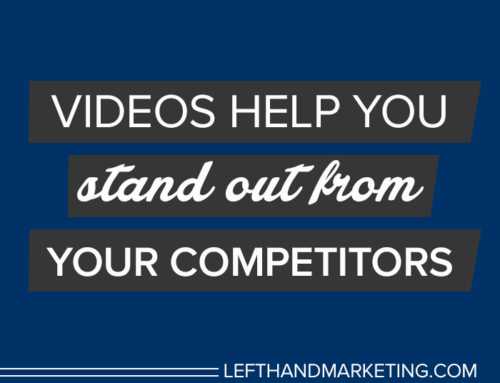It certainly started that way for me.
I still have a bit of recurring post-traumatic stress over my first few dozen attempts to capture myself on video and not come off like a tongue-tied, babbling goof unable to string together complete thoughts. I concluded quickly that I would rather be on stage in front of 500 accountants than have this one tiny little camera lens staring at me unblinkingly.
The results were not good.
My videographer at the time went into therapy after working with me and is hoping to come out the other end whole again. Sadly, his assistant was so badly scarred by the blue language that emanated from the studio during my initial attempts at recording, that she immediately switched careers.
It was horrible. And it doesn’t have to be.
The good news—at least for me as an executive coach, speaker and educator is that with some great help from people who understand the challenges mere mortals have with video, I cracked the code and am now comfortable, confident and even happy to be in front of the camera.
What Changed?
I adjusted my attitude. My self-confidence in my ideas and content seemed to fade in front of the camera. I listened carefully to the preparation advice of my new videographer who reminded me how much I believed in what I espoused in live audiences and that this same belief would translate on video. He helped me relax and engage in a form of video mindfulness that helped me recognize this was a great opportunity for me to share my ideas and to help others. I now focus on preparing my attitude before a video shoot and it helps tremendously.
I created stories instead of scripts. All of my video content is drawn from real world exchanges with clients, audience members and even students. And while I am sworn to secrecy on identity, it is incredibly easy for me to start out with, “I was talking to a client the other day, and she asked me this question.”
I learned to make the videos about my audience, not about me. As part of my story-telling, I include two to three pieces of guidance that any viewer can put to work immediately to help with a particular issue. Instead of filming a commercial, I am sharing self-help advice for leadership, management and professional development issues that I truly want people to use—at no charge.
I learned that perfection is a false pursuit. I occasionally pause or stumble over a word. We do that in conversation all of the time, yet it doesn’t derail us in everyday settings, and it shouldn’t derail us on video. Much like my adult jazz piano lessons, my instructor taught me to play through the mistake instead of focusing on it or letting it derail me. (Sadly, my piano instructor got into landscaping after working with me. Not sure if I caused that or if it was just a coincidence!)
The Bottom-Line for Now:
Mastering video is first and foremost about mastering your mindset. You are not talking to a camera, you are engaging with people interested in learning or gaining help from you. It’s also about telling stories that resonate with others. So, skip the commercials, ditch the scripts and show up prepared to tell a few stories and offer some truly valuable pieces of advice for your audience. Your videographer will thank you, and your audience will gain the benefit of your ideas and insights from the real you, not some made for video character. Have some fun with this, and the results will speak for themselves.



